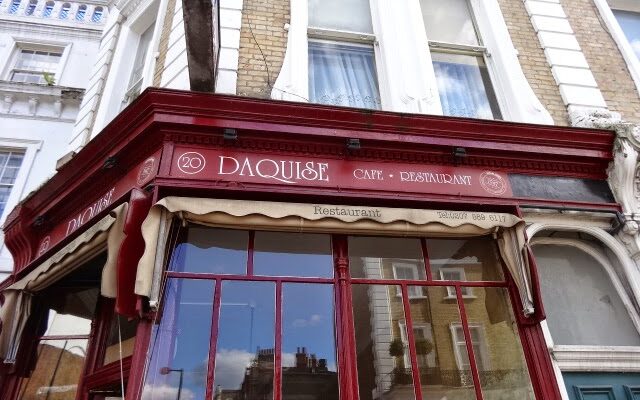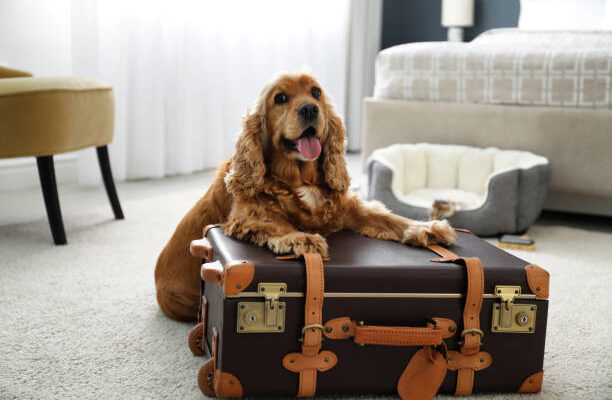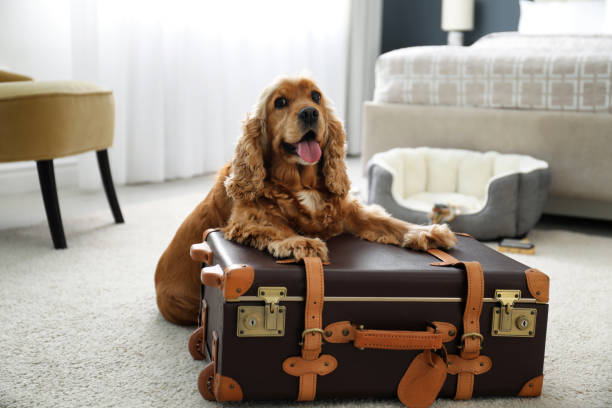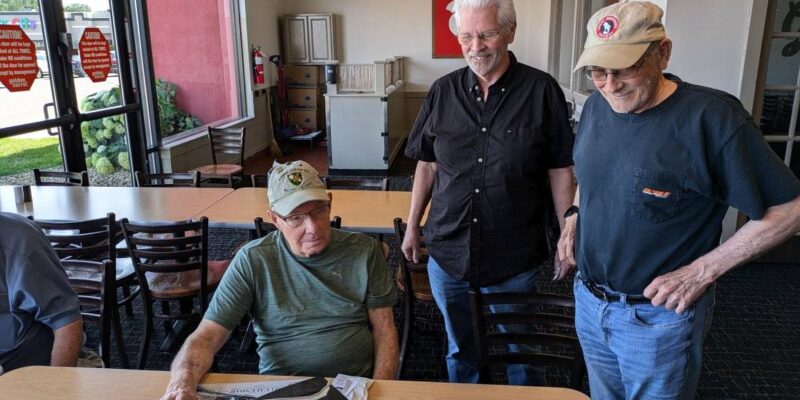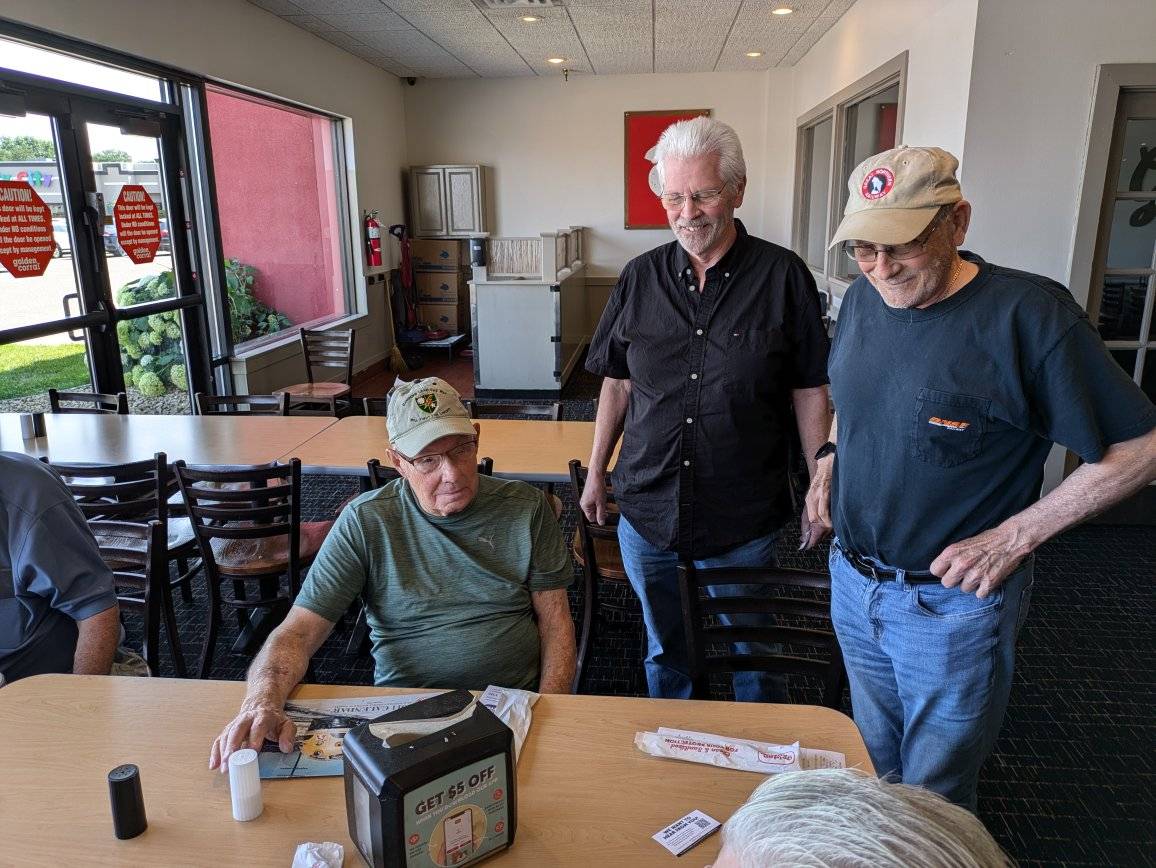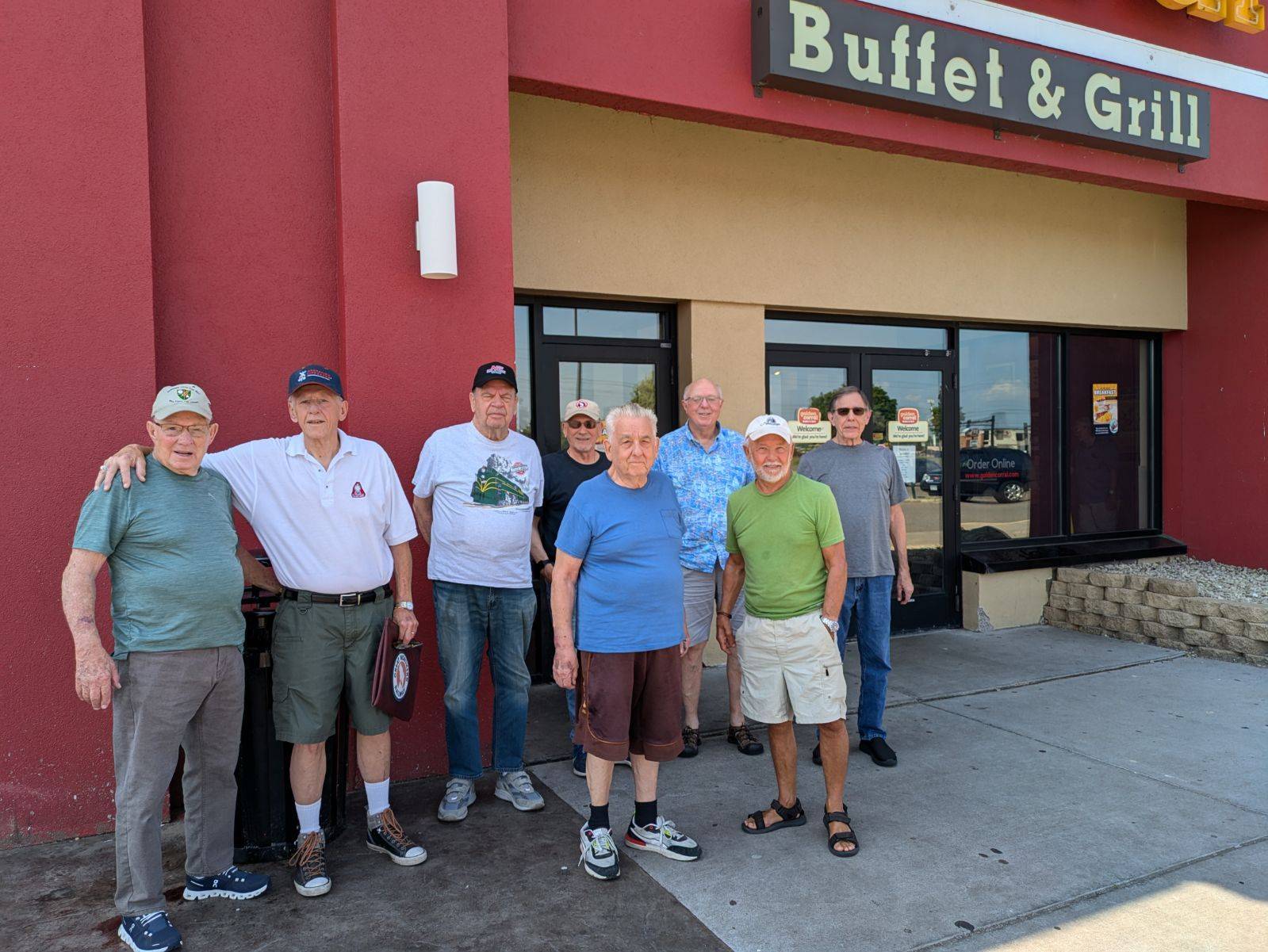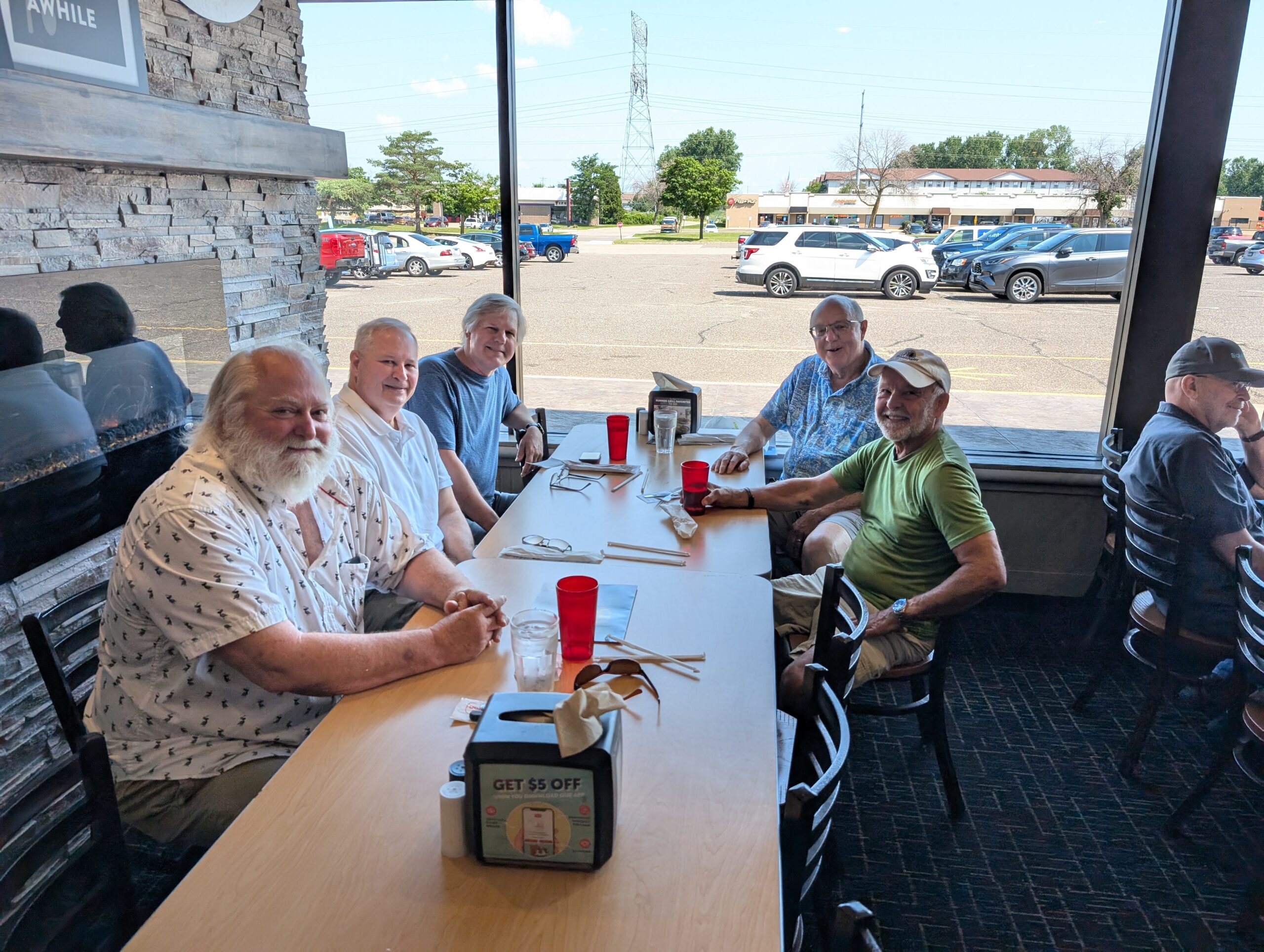
A few nights ago, we placed a food order with DoorDash, an often-used delivery service that includes ordering from restaurants, pharmacies, retail shops, pet supplies, beauty products, and more. We have nothing negative to say about DoorDash since we’ve always had good experiences using their services, along with GrubHub or Instacart, to name only a few such delivery services.
When we placed the Chinese food order on Friday evening, when our delivery time passed, I called the driver to discover he’d delivered the food to the wrong Intercontinental Hotel, Cleveland Clinic. There are two such hotels near the Cleveland Clinic, including the one where we’ve been staying, a few blocks away, the Intercontinental Hotel Suites, Cleveland Clinic. It was an easy mistake to make.
When I called the driver, he said he was already 25 minutes away but would return to collect the food and bring it to our hotel. An hour passed, and the food wasn’t delivered. He wouldn’t answer his phone. When I called the hotel where the food was delivered, they said they couldn’t get it to us.
We were hungry and didn’t care for a refund, so Tom left on foot to walk to the other hotel to collect our food. Fortunately, he managed to catch a Cleveland Clinic shuttle to return to our hotel. Surprisingly, the food, two hours later, was a little warm. We reheated our plates in the microwave, and by 8:00 pm, we could have dinner.
This is not to say delivery companies are incompetent. This was the first time we’ve ever had an issue, and we won’t hesitate to use delivery services in the future. It was more of a fluke. The only disappointment was that the driver promised to bring us the food but chose not to.
Many delivery companies are international, which we’ve also used when available in other countries. However, to ensure accuracy, we use them more often in the US and English-speaking countries, and when ingredient specifications may not be clearly defined for my way of eating.
Navigating the World of Food Delivery: A Journey Across Continents
As the sun dips below the horizon and the city lights begin to flicker, a universal hum unites people from New York to New Delhi, from Paris to Tokyo—a craving for comfort, convenience, and connection. In the modern world, where time often feels like the most precious currency, food delivery services have emerged as the bridge between our busy lives and the nourishment we seek. This phenomenon, while global in reach, carries distinct flavors and emotions that vary as widely as the cuisines it delivers.
The United States: Convenience at Your Doorstep
Food delivery has become synonymous with convenience, speed, and choice in the United States. The sheer variety of options is staggering. Whether craving a greasy cheeseburger at midnight or a vegan quinoa salad during a lunch break, services like Uber Eats, DoorDash, and Grubhub fulfill almost any culinary wish. The ease with which one can browse, select, and order a meal with just a few taps on a smartphone is a testament to the country’s love affair with instant gratification.
But beneath this veneer of convenience lies a deeper psychological layer. For many, ordering food is not just about satisfying hunger—it’s about comfort, especially in times of stress or isolation. Selecting a meal, waiting for its arrival, and finally indulging in it can be a soothing ritual, particularly in a society where people often feel disconnected from the traditional cooking at home. The delivery person becomes a temporary link to the outside world, a reminder that even in solitude, there’s a connection to the broader community.
The pandemic amplified this dynamic. With lockdowns forcing people indoors, food delivery services became a lifeline for many. Not just a way to avoid cooking but a small luxury—a way to break the monotony of endless days spent at home. The arrival of a delivery driver was sometimes the most human interaction people had in a day. It’s a service that offered a sense of normalcy in a time when nothing felt normal.
Europe: A Blend of Tradition and Modernity
In Europe, the relationship with food delivery is a bit more complex. On one hand, cities like London and Paris have embraced services like Deliveroo and Uber Eats with the same enthusiasm seen across the Atlantic. But on the other hand, there’s a deep-seated appreciation for traditional dining experiences. The leisurely meal at a café and the ritual of shopping for fresh ingredients at a market are cultural staples many Europeans are reluctant to abandon.
In cities like Rome or Barcelona, food delivery often feels like a convenience reserved for the rushed, the overworked, or the young urbanites who prioritize efficiency over tradition. Yet, there’s an exciting fusion happening. High-end restaurants that once resisted the idea of takeaway now offer gourmet meals delivered to your door, complete with detailed instructions on how to plate the dish just as the chef intended. This blend of old-world charm and modern convenience reflects Europe’s ability to adapt while still holding on to its roots.
Food delivery is still a novelty and unnecessary for many Europeans, especially those in smaller towns or rural areas. The psychological relationship with food is steeped in the idea of communal dining, of meals being an event rather than just sustenance. Therefore, while the convenience of food delivery is appreciated, it is not yet a replacement for the deep cultural significance of cooking and sharing food.
Asia: A Symphony of Flavors at Your Fingertips
In Asia, food delivery has taken on a life of its own, shaped by the region’s rich culinary diversity and the fast-paced nature of its urban centers. In cities like Bangkok, Seoul, and Tokyo, food delivery isn’t just about convenience—it’s an integral part of daily life. The options are as varied as the cultures within Asia itself. One can order anything from sushi to street food-style snacks, all with the expectation of speed and precision.
In many Asian countries, the rise of food delivery services has also sparked a unique cultural shift. Traditionally, meals were a family affair, prepared at home with care. However, the demand for quick and easy meal solutions has surged as more people migrate to cities and adopt hectic lifestyles. Apps like GrabFood in Southeast Asia and Meituan in China have revolutionized how people think about food, making it possible to access a vast array of dishes with minimal effort.
Yet, this shift comes with its own set of psychological implications. The convenience of food delivery can sometimes lead to a sense of disconnection from the act of cooking and the rituals surrounding meal preparation and consumption. In societies where food is deeply intertwined with identity and tradition, this can create a subtle but significant tension between modern convenience and cultural preservation.
A Global Appetite for Connection
Across the globe, food delivery services have become more than just a way to satisfy hunger. They reflect our collective need for connection, comfort, and control in an overwhelming world. Whether it’s the convenience of a late-night burger in New York, the fusion of tradition and modernity in Paris, or the symphony of flavors in Tokyo, food delivery offers a unique window into how we navigate our lives and identities.
Ultimately, no matter where we are, ordering food is about more than just eating. It’s about the emotions that come with it—the anticipation, the satisfaction, the comfort. And in a constantly changing world, that’s something we can all relate to, no matter where we call home.
Tomorrow, after we move to our new location, only blocks away, we’ll place a to-be-delivered grocery order since we’ll have a fully equipped kitchen where we can again prepare easy meals. It will be nice to get settled.
Happy September! To our friends and family in the US, have a safe Labor Day weekend!
Be well.
Photo from ten years ago today, September 1, 2014:









